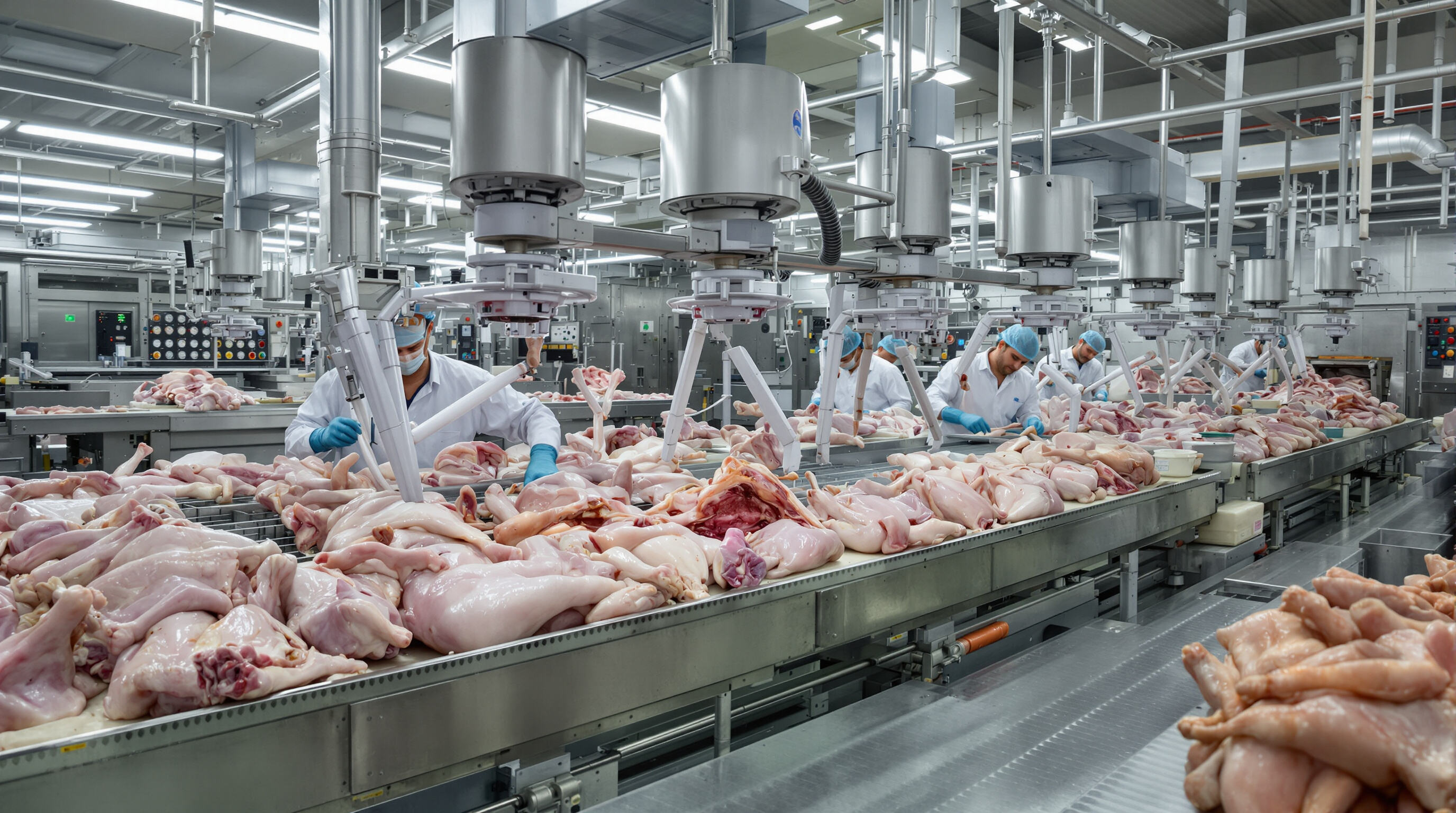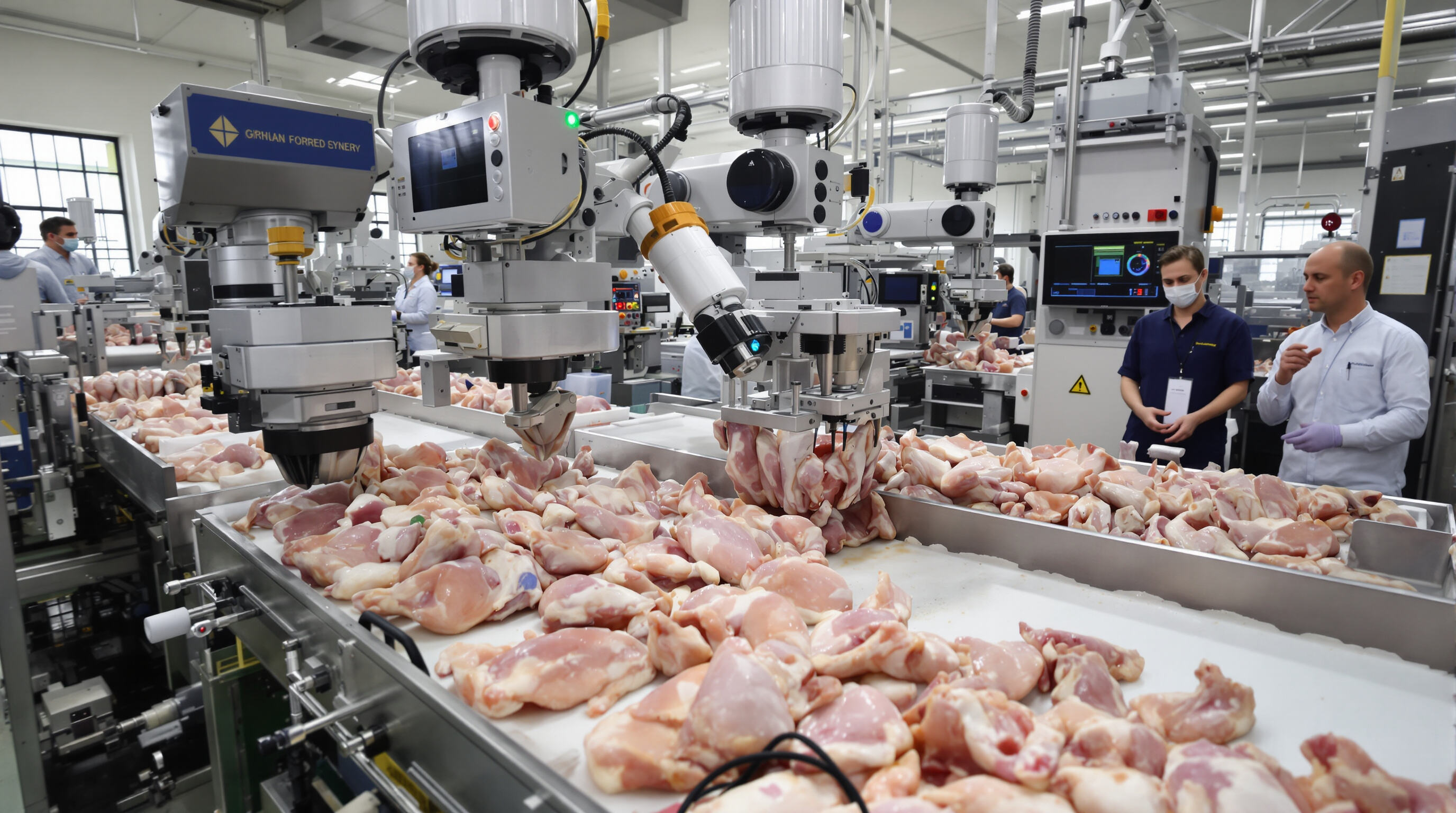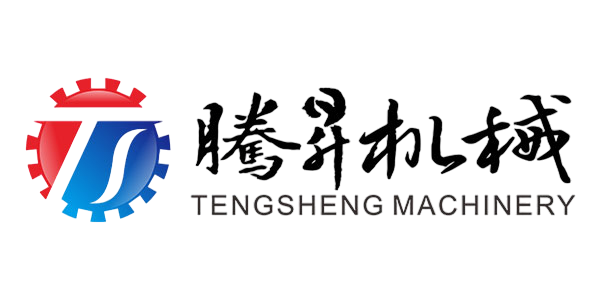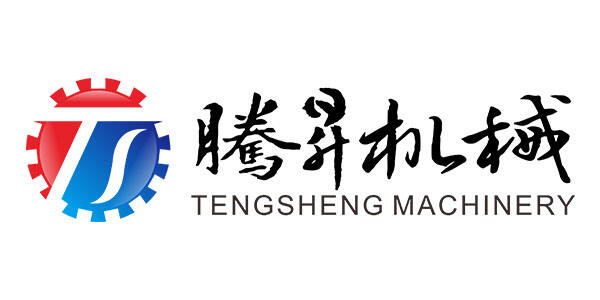
The way we process poultry these days starts with systems designed to treat birds humanely without slowing down production too much. There are two main approaches out there right now electrical water baths and what's called controlled atmosphere stunning or CAS for short. These methods work pretty well actually getting around 95 percent of birds unconscious before they're slaughtered.
Once slaughtered, poultry moves into these multi zone scalding tanks kept around 50 to 60 degrees Celsius. The temperature is carefully controlled so it gets just warm enough to loosen those stubborn feathers without harming the skin underneath. Most modern plucking machines have these spinning rubber fingers going anywhere from 200 to 400 revolutions per minute while water jets help knock off nearly all the feathers. Some newer models come equipped with sensors that actually figure out the bird size as they go along. This smart adjustment saves quite a bit of energy too, cutting down on wasted power by about 18 percent when everything runs smoothly.
The automated evisceration lines currently on the market hit around 98.5 percent accuracy when it comes to removing organs thanks to their synchronized cutting mechanisms paired with vacuum systems. These advanced setups rely on vision guided robotic arms that place each carcass with incredible precision, about half a millimeter tolerance actually, which makes sure the intestines get separated consistently every time. From a food safety standpoint, these machines really make a difference too. They cut down contamination risks by roughly 72% when compared against traditional manual techniques. And let's not forget about efficiency either. Big processing plants can handle as many as 14 thousand birds per hour with this kind of equipment installed, making them indispensable for operations where speed matters just as much as cleanliness does.
Modern poultry processors achieve 28% higher profitability margins (USDA 2023) by using precision-engineered meat processing equipment designed for value-added production.
High-speed portioning systems and programmable marinating injectors enable transformation of whole birds into ready-to-cook cuts, skewers, and marinated specialties. Automated deboning lines with X-ray detection remove bone fragments at rates exceeding 99.7%, meeting strict food safety requirements for further processed products.
Twin-geared grinders with variable plate sizes (3–25mm) process dark and white meats simultaneously without temperature spikes. Advanced models include real-time texture analysis, adjusting auger speed to maintain uniform particle size—essential for items like chicken meatballs and emulsified patties.
Vacuum-style fillers with dual-piston operation reach speeds of 1,200 links per hour, maintaining precise 85–90% filling ratios in natural or collagen casings. Integrated brine chilling prevents fat smearing during extended poultry sausage runs over 8 hours.
Six-axis robotic formers produce 22,000 chicken burgers per hour with ±1.5g weight accuracy, offering adjustable compression for different product densities. Anti-stick coatings reduce seasoning loss by 15% compared to traditional plates, particularly beneficial in plant-based chicken analog production.
Three-stage coating lines using electrostatic adhesion achieve 94% coating uniformity on irregular shapes like tenders and popcorn chicken. Closed-loop viscosity control maintains optimal tempura thickness throughout 12-hour production cycles.
This equipment integration allows processors to shift 40–60% of output to higher-margin prepared foods while keeping batch variance below 2%, a critical advantage in retail and foodservice markets.

Robotic systems deliver millimeter-level accuracy in deboning and portioning, reducing waste by 12–18% compared to manual labor. Force-sensitive grippers handle delicate cuts without damaging breast fillets or wings. Robotic drumstick separators process 140 birds per minute while meeting USDA yield standards—25% faster than conventional tools.
Smart vision systems now track the three dimensional shape of poultry as it moves along processing lines, constantly shifting cutting paths to get more usable meat from odd shaped birds. A plant in Iowa saw their meat yield jump around 15 points once they installed these AI guided neck cutters, which translated into roughly seven hundred forty thousand dollars saved each year according to management reports. What's interesting too is how fast these machines spot problems compared to workers checking manually. The systems catch bruises and other quality issues almost twice as quick as what humans can manage during inspection rounds.
Automation reduces manual labor by 40–60% in evisceration and portioning stages and cuts energy use per kilogram by 22%. However, advanced systems require 30% more technical staff for maintenance, contributing to a growing skills gap. Plants using hybrid human-robot workflows achieve 18% higher ROI than fully automated lines.
A Danish facility deployed robotic deboners with predictive maintenance algorithms, achieving:
| Metric | Before Automation | After Automation |
|---|---|---|
| Labor Costs | $2.10/kg | $1.47/kg |
| Processing Speed | 80 birds/minute | 115 birds/minute |
| Yield Variance | ±8% | ±2.5% |
The $3.2M system paid for itself within 14 months through reduced waste and overtime expenses.
When poultry gets dunked into cold water or ice mixtures during immersion chilling, temperatures drop fast enough to hit the USDA standard of 40°F (4°C) in about an hour and a half. The method saves money but comes with problems too many folks overlook - bacteria can spread between birds and the meat tends to get mushy over time. On the other hand, air chilling takes longer since it relies on blowing cold air around instead of through the carcasses. Cooling times stretch out somewhere between thirty to forty five percent extra compared to immersion methods. But what this slower approach loses in speed, it gains back in quality preservation which is why high end markets prefer it for their premium cuts.
Blast freezers lower core temperatures to -22°F (-30°C) in under four hours using high-velocity airflow, minimizing ice crystal formation in poultry cuts. Tunnel coolers maintain 28–30°F (-2 to -1°C) environments for portioned products on conveyors, ensuring uniform cooling before packaging.
IoT-enabled monitoring and adaptive defrost cycles in modern cold chain systems reduce energy consumption by 18–22% compared to standalone units. Variable-speed compressors adjust cooling output based on real-time line speeds, significantly reducing idle energy waste.
Automated buffer zones with load sensors balance throughput between slaughtering and value-added lines, reducing bottlenecks by 40% in high-volume plants. Temperature-controlled transfer belts preserve product integrity while syncing with downstream equipment such as batter applicators or forming machines.
Poultry plants today are increasingly turning to modular meat processing gear because it lets them expand their capacity bit by bit as needed. These scalable setups can incorporate things like fast deboning units or cutting stations right in the middle of regular operations, so there's no need to shut everything down when business picks up or when launching new products. The financial benefits are pretty significant too. According to Food Engineering International from last year, companies using this flexible approach typically save around 18 to 22 percent on initial investment costs compared to those stuck with traditional fixed setup systems. Makes sense really, since nobody wants to spend big bucks on equipment they don't need right away.
A comprehensive ROI analysis should evaluate:
| Factor | Impact Metric | Typical ROI Contribution |
|---|---|---|
| Labor Efficiency | 30–50% reduction in manual tasks | 40% of total savings |
| Energy Consumption | 15–25% lower kWh per tonne | 22% of operational gains |
| Production Uptime | 12–18% increase in yield | 25% of revenue growth |
Industry data shows that 74% of poultry processors using AI-driven automation recoup investments within 34 months through reduced waste and better alignment with market demand.
When breading applicators work hand in hand with fryers running around 175 to 190 degrees Celsius and spiral freezers chilling things down to minus 35, it really makes all the difference for product quality after coating. Modern PLC systems actually tweak frying durations depending on how thick the batter is, which comes from those little sensors built right into the production line. This setup cuts down on oil being absorbed somewhere between 9 and 12 percent, all while staying within what the USDA considers acceptable moisture levels. What's interesting is how this whole system works together to reduce thermal stress on the machinery too. Most plants report their equipment lasts about two and a half extra years before needing replacement when everything runs this smoothly integrated.


Copyright © 2024 Zhaoqing Tengsheng Machinery Co., Ltd all rights reserved - Privacy policy